Yanhao Zhu
Beijing StoneWise Technology Co Ltd
Lingo3DMol: Generation of a Pocket-based 3D Molecule using a Language Model
May 17, 2023Abstract:Structure-based drug design powered by deep generative models have attracted increasing research interest in recent years. Language models have demonstrated a robust capacity for generating valid molecules in 2D structures, while methods based on geometric deep learning can directly produce molecules with accurate 3D coordinates. Inspired by both methods, this article proposes a pocket-based 3D molecule generation method that leverages the language model with the ability to generate 3D coordinates. High quality protein-ligand complex data are insufficient; hence, a perturbation and restoration pre-training task is designed that can utilize vast amounts of small-molecule data. A new molecular representation, a fragment-based SMILES with local and global coordinates, is also presented, enabling the language model to learn molecular topological structures and spatial position information effectively. Ultimately, CrossDocked and DUD-E dataset is employed for evaluation and additional metrics are introduced. This method achieves state-of-the-art performance in nearly all metrics, notably in terms of binding patterns, drug-like properties, rational conformations, and inference speed. Our model is available as an online service to academic users via sw3dmg.stonewise.cn
Makeup216: Logo Recognition with Adversarial Attention Representations
Dec 13, 2021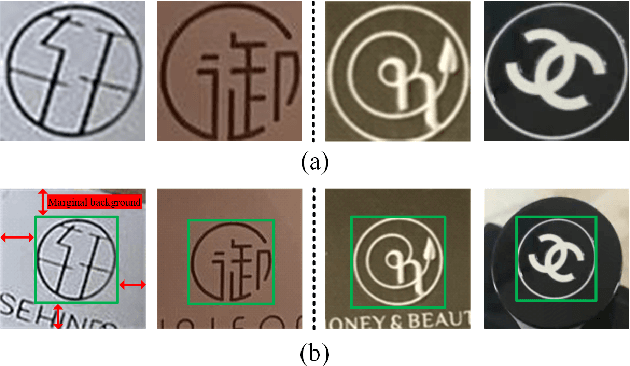

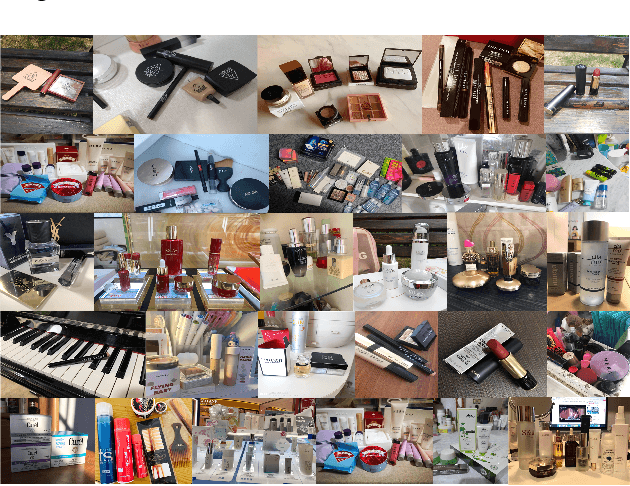
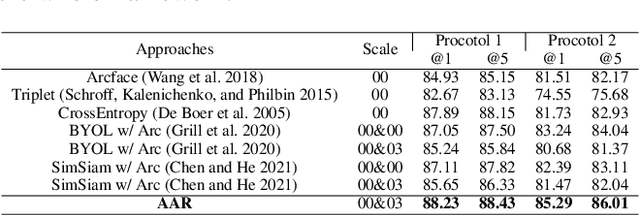
Abstract:One of the challenges of logo recognition lies in the diversity of forms, such as symbols, texts or a combination of both; further, logos tend to be extremely concise in design while similar in appearance, suggesting the difficulty of learning discriminative representations. To investigate the variety and representation of logo, we introduced Makeup216, the largest and most complex logo dataset in the field of makeup, captured from the real world. It comprises of 216 logos and 157 brands, including 10,019 images and 37,018 annotated logo objects. In addition, we found that the marginal background around the pure logo can provide a important context information and proposed an adversarial attention representation framework (AAR) to attend on the logo subject and auxiliary marginal background separately, which can be combined for better representation. Our proposed framework achieved competitive results on Makeup216 and another large-scale open logo dataset, which could provide fresh thinking for logo recognition. The dataset of Makeup216 and the code of the proposed framework will be released soon.
ACE-Net: Biomedical Image Segmentation with Augmented Contracting and Expansive Paths
Aug 23, 2019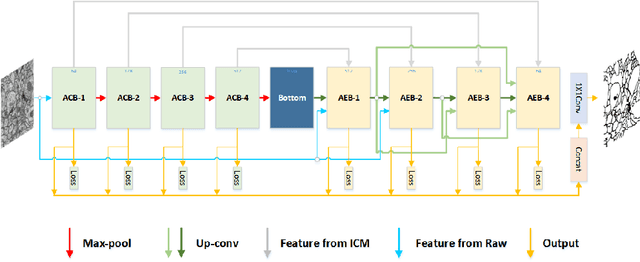


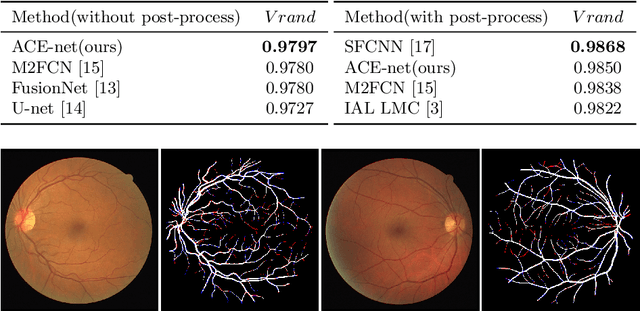
Abstract:Nowadays U-net-like FCNs predominate various biomedical image segmentation applications and attain promising performance, largely due to their elegant architectures, e.g., symmetric contracting and expansive paths as well as lateral skip-connections. It remains a research direction to devise novel architectures to further benefit the segmentation. In this paper, we develop an ACE-net that aims to enhance the feature representation and utilization by augmenting the contracting and expansive paths. In particular, we augment the paths by the recently proposed advanced techniques including ASPP, dense connection and deep supervision mechanisms, and novel connections such as directly connecting the raw image to the expansive side. With these augmentations, ACE-net can utilize features from multiple sources, scales and reception fields to segment while still maintains a relative simple architecture. Experiments on two typical biomedical segmentation tasks validate its effectiveness, where highly competitive results are obtained in both tasks while ACE-net still runs fast at inference.
 Add to Chrome
Add to Chrome Add to Firefox
Add to Firefox Add to Edge
Add to Edge